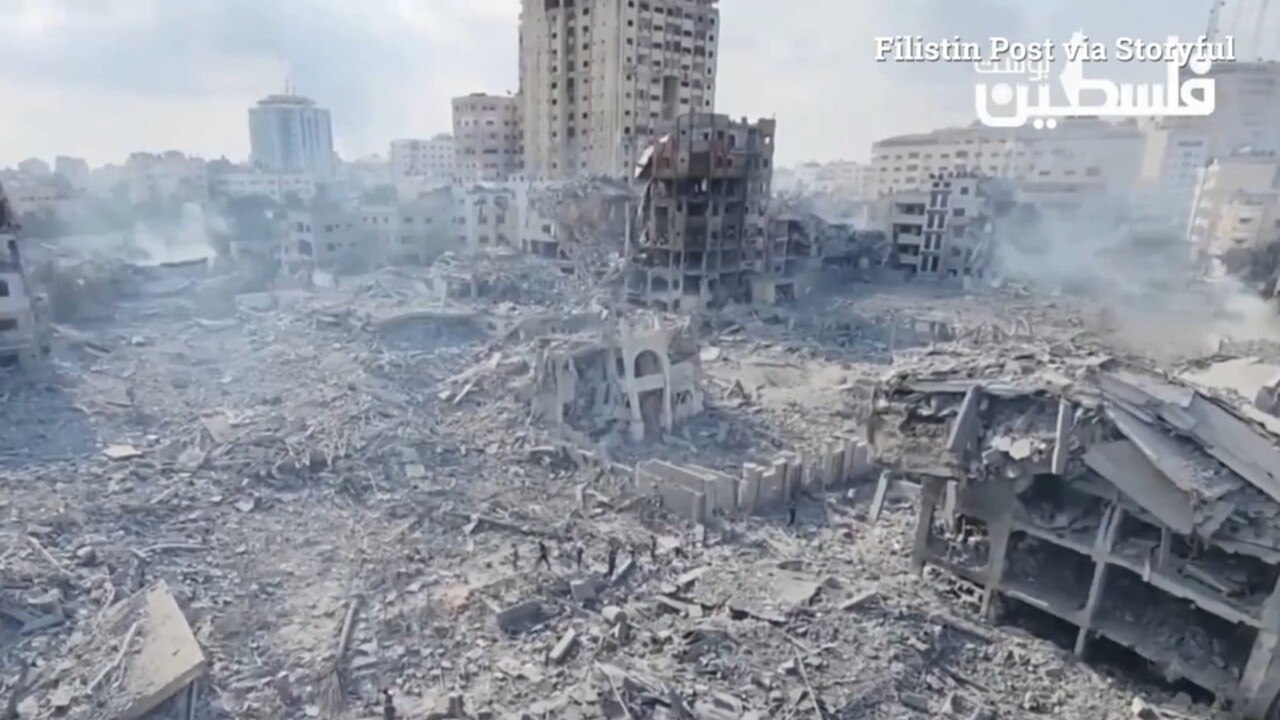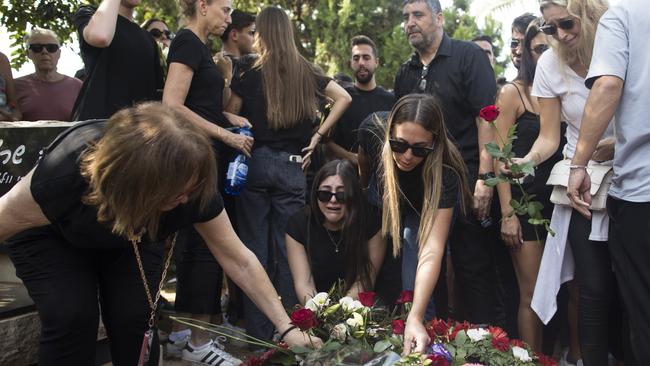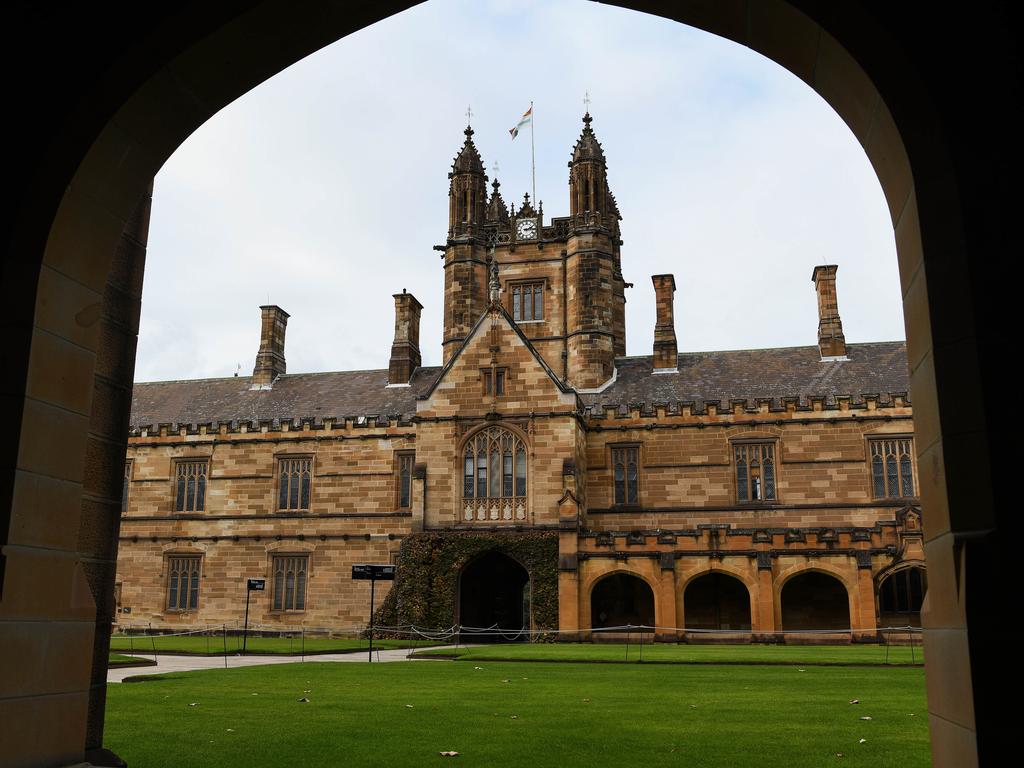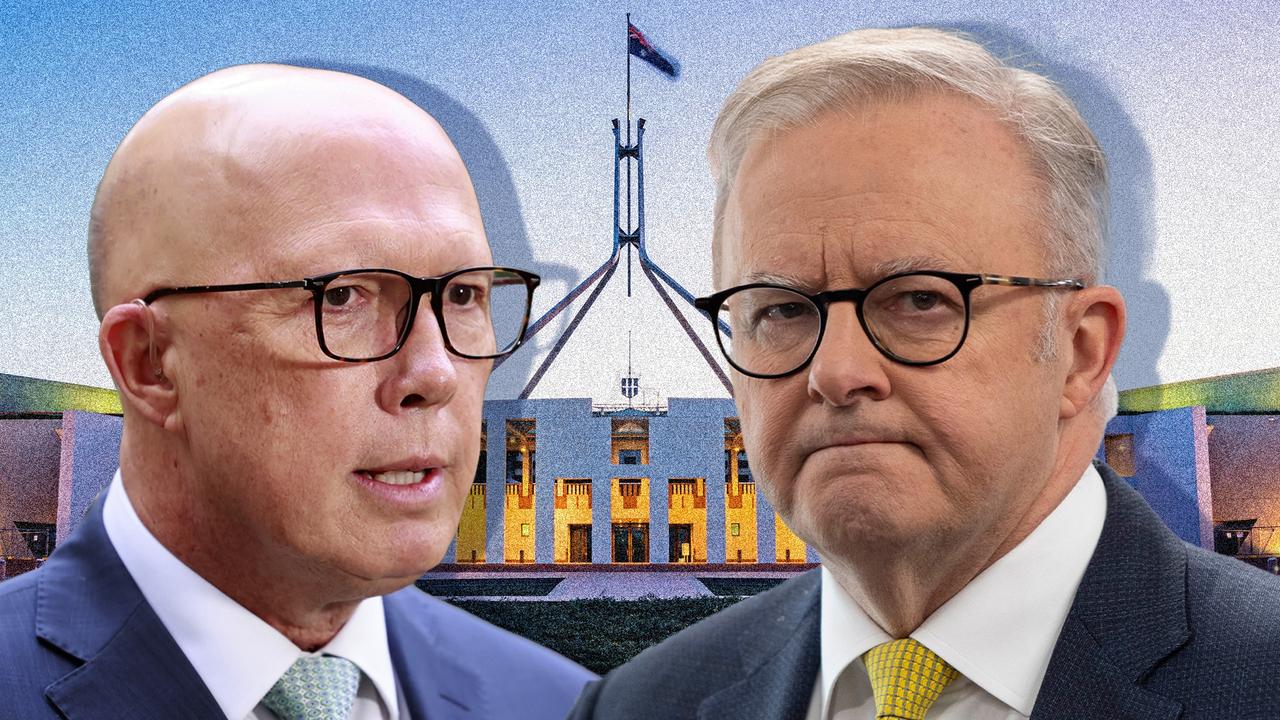
“This is our generation’s Yom Kippur,” one of the tank crewmen told us, standing on the hull of his vehicle. “We haven’t even begun to understand the implications of this.” We chatted for a few minutes more. Then the platoon received word that they were needed closer to Zikim and the tanks pulled out, their tracks raising the dust.
“Yom Kippur” in this context isn’t a reference to the yearly Jewish Day of Atonement. Rather, it’s Israeli shorthand for the massive intelligence and conceptual failure that led to Israel being taken by surprise by the armies of Egypt and Syria on that day 50 years ago, in 1973. The current Hamas assault on Israel from Gaza came exactly 50 years and a day after those events.
The young tank crewmen was right to draw the comparison. Just as 50 years ago, Israel’s failure to anticipate and be ready for the attack came from reliance on a faulty conception and mistaken analysis of preceding events.
In 1973, complacent Israeli leaders believed the Arab states wouldn’t dare to attack Israel again after their defeat in the Six-Day War of 1967.

This time, Israeli governments during the past decade and a half have operated under the idea that the Hamas rulers of Gaza could be corrupted and incentivised by the wielding of power.
This idea, never openly stated, has underlain Israeli policy towards the Gaza Strip since the Islamists seized control there in 2007. It was at the root of the complacency that led to the events of the past days.

Hamas has never been coy regarding its intentions towards the Jewish state. Its founding charter states that “The land of Palestine is an Islamic Waqf (Holy Possession) consecrated for future Muslim generations until Judgment Day. No one can renounce it or any part, or abandon it or any part of it … Israel exists and will continue to exist until Islam will obliterate it.”

Nevertheless, for a decade and a half, Hamas concentrated on building its strength and capabilities. Periodically, it launched rocket attacks on Israel. The range and capabilities of its rocket array steadily increased.
But many Israeli planners noted a pattern in which Hamas appeared to focus on seeking to build its strength in the West Bank, which is administered by the rival Palestinian Authority, while keeping its Gaza fiefdom mainly quiet.
Israel faces major challenges further afield. The Iranian bid for regional domination and its commitment to the destruction of Israel was and remains the paramount threat. The Hezbollah movement, which controls Lebanon, appeared as the most worrying local client of this project.

Hamas in Gaza, too, is a client of Iran. But it appeared the least powerful and potent member of Tehran’s alliance. Its leaders had demonstrably developed a liking for the trappings of power. Some among them had bought villas in Qatar and seemed content to maintain the status quo that had enabled their enrichment. Israel grew similarly complacent regarding Gaza. A financial arrangement worked out via Qatar enabled donations from the Gulf emirate to Gaza to keep it economically afloat. Israel would permit Gazan workers to leave for employment in Israel, in numbers adjusted to reflect the security situation and Hamas’s conduct.
So Gaza seemed contained. Israel, with pressing threats and opportunities elsewhere, was content for it to remain so.
This was the conception that underlay the catastrophe that Israel experienced last Saturday. This conception now lies in ruins, smashed to pieces.
At the root of the failed conception was a misinterpretation of the nature of the enemy. Hamas is an ideological movement, of unextinguished zeal. Israel treated it as though it had abandoned its core outlook, was deterred, and was therefore ready, de facto, to more or less live and let live. Neglect and then disaster duly followed.
Hamas’s will and direction derive from its outlook. It is one of the many movements of Islamic revival that together enjoy the public support of masses of people across the Arab world. Still, its military capacities are not homegrown. Rather, it forms an element in the alliance of Islamist and anti-Western movements and regimes led by Iran. Iranian know-how and tactical assistance produced the considerable capacities witnessed in recent days. The combination of this will and this capacity produced the events of last Saturday.

As to what will happen now, a major Israeli operation on the ground in Gaza appears inevitable. The goal of any such operation cannot be merely to punish the Hamas authorities there, given the magnitude of what has just taken place. Rather, the objective must be the removal of this movement from power and its replacement by a new arrangement to be finalised at the war’s end.
In 1973, reality prevailed over illusory conceptions – and Israel then prevailed over its enemies in the subsequent fighting. In 2023, costly illusions once again have been cruelly shattered. Israeli society and its institutions now face the test of an effective response.
Jonathan Spyer is director of the Middle East Centre for Reporting and Analysis. He is the author of Days of the Fall: A Reporter’s Journey in the Syria and Iraq Wars.








In a stretch of scrubland near Kibbutz Zikim, on the Gaza border earlier this week, we came across a platoon of tanks, hastily deployed amid the ongoing chaos and combat on the border.